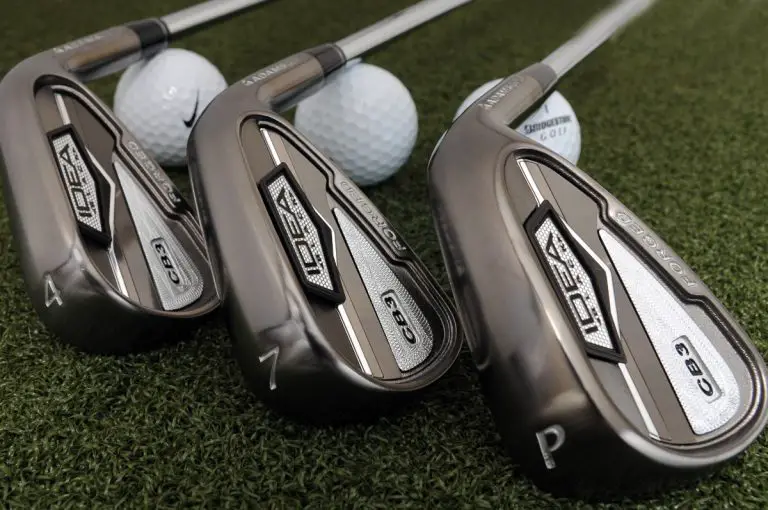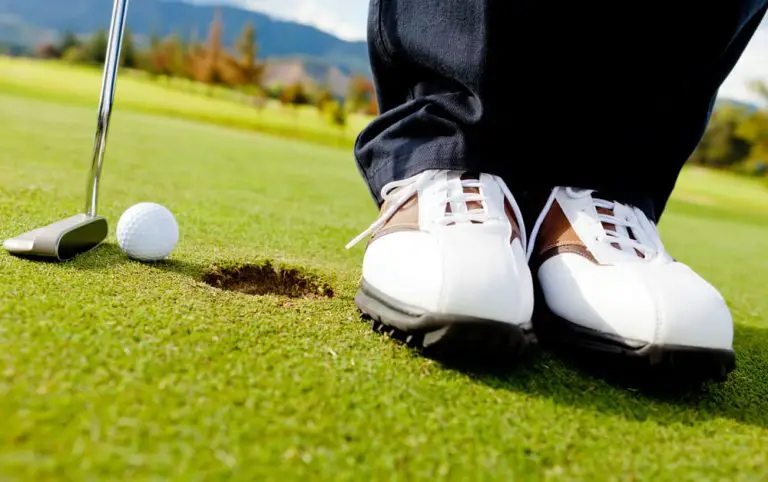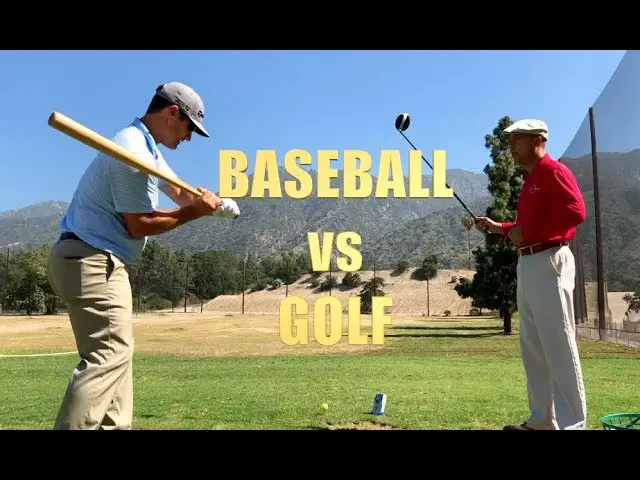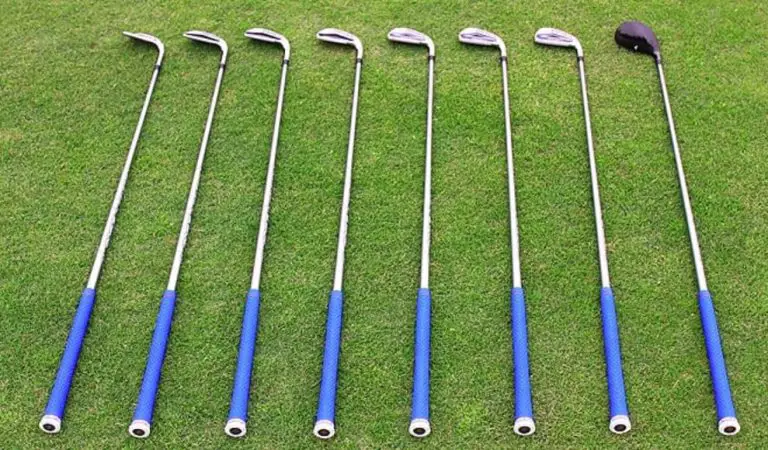Hooking Driver But Not Irons
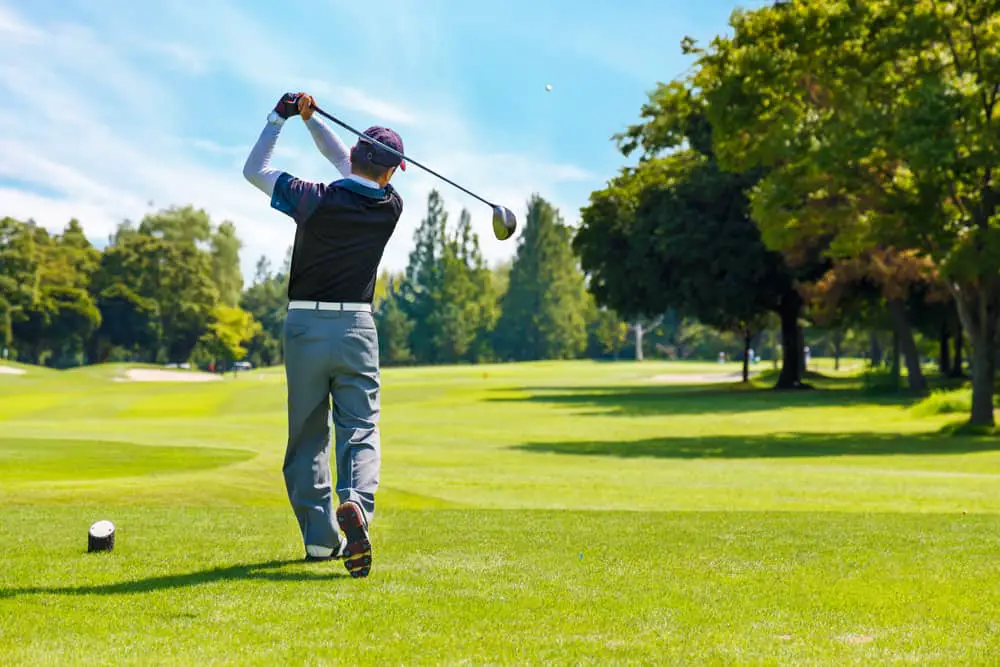
As a golfer, hitting a hook shot can be one of the most frustrating experiences on the course. A hook shot is a shot that starts straight or right of the target and curves sharply to the left (for a right-handed golfer). While some golfers may experience a hook shot with all their clubs, others may only hook their driver while hitting their irons well. This phenomenon can be perplexing and lead to a loss of distance and accuracy off the tee. In this article, we will explore the causes of hooking the driver but not irons and provide tips on how to fix this issue.
Understanding the differences between the swing and ball flight of irons and drivers is essential to understanding why golfers may hook their driver but not their irons. Differences in clubhead design, shaft length and flexibility, and loft and face angle can all impact the swing and ball flight of these two types of clubs. Additionally, there are several common causes of hooking the driver but not irons, including swing path, clubface angle, grip, alignment, and stance. By identifying the root cause of the problem and implementing the proper fixes, golfers can improve their ball flight and increase their distance off the tee.
In this article, we will delve into the causes of hooking the driver but not irons, provide tips on how to fix this issue, and discuss other factors that can impact a golfer’s ability to hit consistent shots. Whether you are a beginner or a seasoned golfer, understanding how to overcome the challenge of hooking the driver can improve your game and help you enjoy more success on the course.
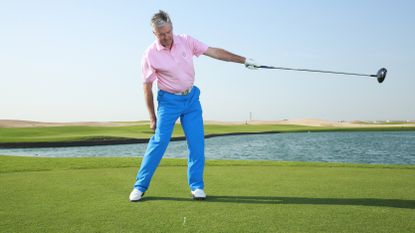
Understanding the Hook Shot
A hook shot is a type of shot that curves sharply to the left (for a right-handed golfer) during its flight. This is different from a draw shot, which is a controlled curve to the left. The hook shot is caused by a combination of an inside-out swing path and a closed clubface at impact. When the clubface is closed at impact, it causes the ball to spin to the left, resulting in a hook shot.
Differences between Irons and Drivers
The swing and ball flight of irons and drivers are different due to differences in clubhead design, shaft length and flexibility, and loft and face angle. Drivers typically have a larger clubhead and longer shaft, which can make them more difficult to control. In addition, drivers generally have a lower loft and a more closed face angle, which can exacerbate a hook shot.
Causes of Hooking the Driver but Not Irons
There are several reasons why a golfer may hook their driver but not their irons. One common cause is an inside-out swing path, which can be more pronounced with the longer shaft of a driver. Another cause is a closed clubface at impact, which can be due to a grip that is too strong or an overactive release of the hands. Poor alignment, stance, and weight distribution can also contribute to a hook shot.
How to Fix Hooking the Driver but Not Irons
To fix hooking the driver but not irons, it is important to identify the root cause of the problem. For many golfers, this may involve making adjustments to their swing path and clubface angle. Simple changes like adjusting grip, alignment, and stance can also make a big difference. Drills and exercises can help golfers develop the proper swing mechanics, and technology like swing analysis tools can provide valuable feedback. Seeking professional instruction from a certified golf instructor is also recommended.
Other Factors to Consider
In addition to swing mechanics, several other factors can affect a golfer’s ability to hit consistent shots. Physical fitness and flexibility are essential for developing a smooth and efficient swing. Equipment like clubs and balls can also impact performance. Mental preparation and focus are critical for maintaining consistency and avoiding mistakes on the course.
Conclusion
Hooking the driver but not irons can be a frustrating and perplexing problem for many golfers. Understanding the causes of this issue and implementing the proper fixes can help golfers improve their ball flight and increase their distance off the tee. By focusing on swing mechanics, physical fitness, equipment, and mental preparation, golfers can develop a more consistent and effective game. With consistent practice and proper instruction, golfers can overcome the challenge of hooking the driver and enjoy more success on the course.

